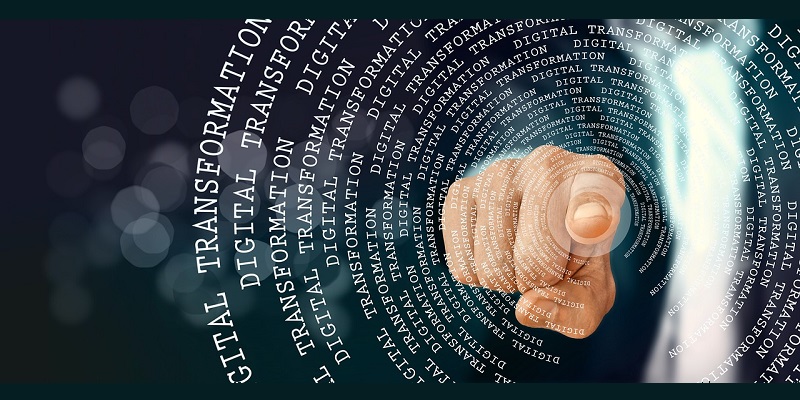The construction industry is currently undergoing a significant transformation driven by digital technology. This digital revolution is shaping the way construction projects are planned, executed, and managed. Digital transformations typically involve two consecutive stages: the digitization of information, followed by the digitalization of processes. With each passing day, digital transformation acts as a searchlight that illuminates one segment of the construction industry after another, progressively influencing various areas of work.
The scope of digital transformation in construction
Digital transformation in construction primarily encompasses the digitization of information and the digitalization of processes. Information digitization involves the conversion of physical documents and drawings into digital formats. On the other hand, process digitalization focuses on automating and streamlining construction workflows, replacing manual and time-consuming tasks with digital solutions.
The shift towards digital drawings
One significant aspect of digital transformation in construction is the adoption of digital drawings in place of traditional paper-based plans. This shift has brought about numerous advantages, one of which is the possibility of replacing manual model checking with automated model checking. By employing digital drawings and models, construction professionals can now carry out comprehensive checks quickly and accurately, saving time and reducing errors.
The Need for Advanced Tools in Building Design
The construction industry faces various challenges in building design processes, such as complex designs, stringent building codes, and tight project schedules. These challenges necessitate the adoption of more advanced tools to streamline the design phase, ensure project success, and maintain the quality of building design data. Advanced software solutions like Verifi3D are addressing these needs head-on.
The importance of model checking in construction
Model checking is a critical component of the design process in construction. It involves the classification, verification, and validation of building design models to ensure their accuracy, clash-freedom, and compliance with building codes and regulations. Effective model checking helps identify and resolve potential issues early on, preventing costly and time-consuming problems during construction.
Introducing Verifi3D and Its Features
Verifi3D is an advanced software solution that is revolutionizing model checking in the construction industry. It integrates seamlessly into the digital workflow, enabling users to define custom filters, rules, and checks based on local building codes, standards, and project-specific requirements. With Verifi3D’s rule-based engine, model checking becomes more efficient and accurate.
The benefits of Verifi3D in digital transformation
Verifi3D offers flexibility and interoperability as an openBIM and connected solution. This allows digital models to be seamlessly shared among different stakeholders, enhancing compatibility and reducing the risk of data loss or errors during the exchange of information. By automating clash, geometric, and parametric checks, Verifi3D ensures that potential issues are identified quickly, reducing rework and enhancing project efficiency. Its advanced next-gen machine learning capabilities further propel construction projects into the future.
The construction industry is embracing a new era of digital transformation, where efficiency, accuracy, and collaboration are paramount. Verifi3D is at the forefront of shaping this future, offering advanced model checking capabilities that streamline building design processes. By leveraging Verifi3D’s rule-based engine, construction professionals can ensure accurate and compliant designs, ultimately leading to successful project outcomes. With Verifi3D’s seamless integration and advanced features, the construction industry is poised to revolutionize planning, execution, and management. Embrace the power of digital transformation and unlock the full potential of construction projects with Verifi3D.

